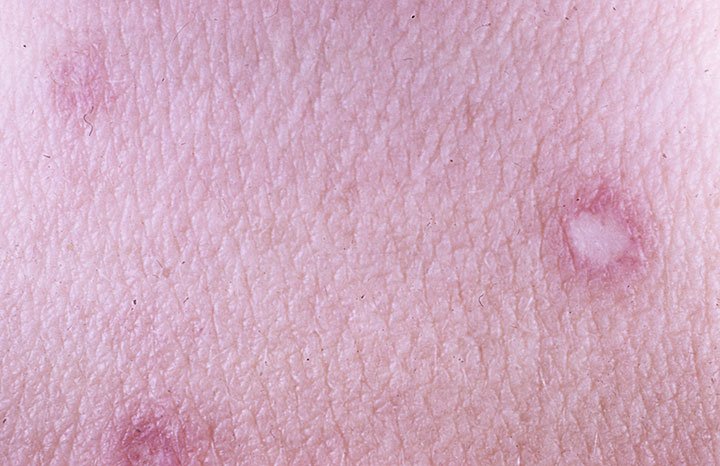
For Patients & Families
This page is mainly intended to help patients and/or their caregivers and/or carepartners.
That being said, the information provided on this website is designed to support, not replace, the relationship that exists between a patient/site visitor and their physician.
Early diagnosis can make a big difference.

STEP 1
If a lesion appears on your skin, have a skin biopsy performed by your doctor.
Have your doctor send the biopsy slides to Doctor Cynthia Magro for analysis.
Doctor Magro is the world expert on disease pathology.
STEP 2
If cutaneous (affecting the skin) Degos disease is confirmed by Doctor Magro, enroll in the research protocol at the NIH (National Institutes of Health) by following the steps on our External Resources Page.
If the patient is too young to be enrolled, the work-up can be communicated with the dermatologist or pediatrician for next steps.
STEP 3
If you’re experiencing abdominal pain, a laparoscopy should be performed to rule out systemic involvement.
The surgeon performing the laparoscopy should familiarize themselves with the appearance of the bowel lesions here, before the procedure.
AND HERE:
Laparoscopy training video
STEP 4
What is cutaneous Degos disease and how is it identified?
Cutaneous Degos disease involves the skin-only, consisting of lesions.
Degos disease almost always presents with skin lesions with a very distinct appearance, a porcelain-white center with the main feature of Degos lesions being a red rim consisting of clusters of blood vessels.
The lesions do not commonly cause pain and typically appear on the hands or on areas of the chest, abdomen, pelvis and back. There may be several or only a few. Due to the painless nature of the skin lesions, it is critical they are evaluated in a timely manner.
Refer to Gastrointestinal Kohlmeier–Degos disease: a narrative review for images of the lesions.
Routine follow-up visits with your primary doctor are necessary as systemic disease can develop.
What is systemic Degos disease and how is it identified?
The first sign of systemic involvement is severe abdominal pain due to affected intestines, commonly the small intestine.
It is critical a laparoscopy is performed if experiencing abdominal pain.The surgeon performing the laparoscopy should familiarize themselves with the appearance of the bowel lesions before the procedure. Refer to Gastrointestinal Kohlmeier–Degos disease: a narrative review for images of the lesions.
Also see the laparoscopy training video here.
Routine follow-up visits with your primary doctor are necessary. Clinical workup recommendations are stated in Malignant atrophic papulosis (Köhlmeier-Degos disease) - A review.
Get in Touch
Feeling lost or in need of assistance? We’re here to support you! Don't hesitate to reach out to us today.
Learn More
Patient Stories
Hear firsthand accounts of resilience and hope from individuals like you.
Treatments & Care
We have the top experts dedicated to finding treatments for Degos disease.
What is Degos Disease?
Learn more about Degos disease and what it means to have a ultra-rare disease.












